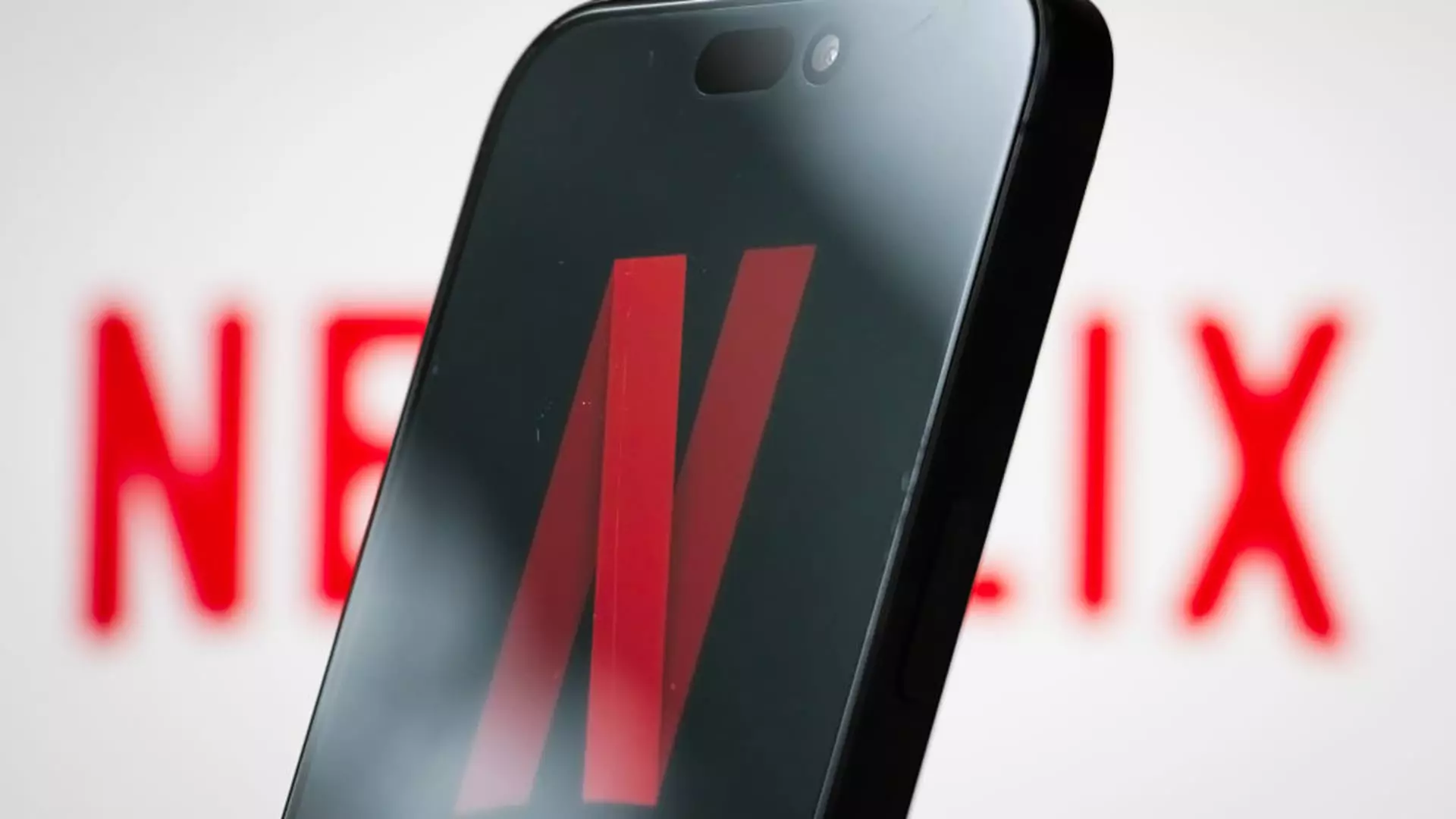In an ambitious move to reshape user interaction, Netflix has recently revealed a comprehensive redesign of its homepage experience. This evolution not only caters to the aesthetic preferences of its global clientele but also integrates functionality that speaks to the modern binge-watching habits of today’s consumers. While many may brush off these updates as mere cosmetic changes, they reflect a significant shift in how streaming platforms must operate in an increasingly competitive landscape. The focus on creating a more engaging, tailored experience signals Netflix’s acknowledgment that user satisfaction and retention hinge upon more than just content availability.
Vertical Video Feeds: A Social Media Paradigm Shift
A standout feature of the redesign is the introduction of a vertical video feed, reminiscent of social media platforms like TikTok and Instagram Reels. This shift is not just about keeping up with trends; it’s about understanding how users want to consume and interact with content today. By enabling a familiar browsing experience, Netflix is not only enhancing user engagement but also catering to the increasing number of mobile viewers. The ability to swipe through clips and trailers with ease taps into a broader cultural movement toward instantaneous gratification, making it easier for users to find their “next obsession.”
As someone who actively participates in the cultural zeitgeist that these platforms create, I cannot help but see this move as both a necessity and an inevitability. The success of social media suggests that engagement levels soar when users benefit from an interface that feels more approachable. Netflix is not just adapting; it’s leading the charge toward a more interactive streaming experience. I applaud their initiative, yet I wonder—will this adaptation dilute the depth of storytelling that a series like “The Crown” or “Stranger Things” brings to the table?
AI Integration: A Double-Edged Sword
In an era defined by artificial intelligence, Netflix’s decision to explore generative AI in partnership with OpenAI is more than just a tech upgrade; it symbolizes a broader philosophical commitment to innovation. Allowing members to express their viewing desires through specific search phrases is nothing short of revolutionary. This enhancement can enable users to navigate Netflix’s expansive library more intuitively, promising to offer recommendations that align more closely with their immediate moods. But, there’s a caveat.
What does it mean to let algorithms dictate our viewing choices? While the convenience of AI-enhanced suggestions can liberate us from the endless scroll, it may simultaneously restrict the surprises and serendipity inherent in discovering new favorites. We must tread carefully; while technology can enhance our lives, it can also box us into comfort zones. I advocate for the human touch—curated selections based on human taste—which holds immeasurable value.
Global Competition: The High Stakes Environment
As Netflix makes these bold moves, it does so against a backdrop of fierce competition from platforms like Max and Disney+ that are not only vying for viewership but are also incessantly carving for profitability. The introduction of a budget-friendly ad-supported model illustrates Netflix’s savvy business acumen to attract new subscribers while retaining existing ones. However, it raises a question of how much advertising is too much before it oversaturates the viewing experience.
The problem isn’t merely a matter of pricing; it beckons a larger reflection on content saturation. As competition heats up and streaming services proliferate, are we headed toward a landscape where viewers must navigate a barrage of advertisements alongside content? The risk of overwhelming users is something that streaming giants must consider seriously.
Retention through Reinvention
As Netflix reported a staggering increase in paid memberships, it’s clear that these innovations are resonating well with users. This revitalization of the platform’s user experience serves as a reminder that even the flocked must continually adapt or risk extinction. However, it raises an interesting dilemma: as the platform evolves, will long-time subscribers feel an alignment with these changes, or will they feel alienated in pursuit of new audiences?
At the end of the day, the question remains how Netflix can measure success without losing the essence of what makes it unique. Shall we sacrifice deep, nuanced storytelling for immediate, engaging interfaces? The evolution of Netflix’s user experience may indeed be transformative, but I urge decision-makers within the industry to remain vigilant in considering the effects these changes have across the board. After all, the heart of storytelling lies in connection, not just consumption.

